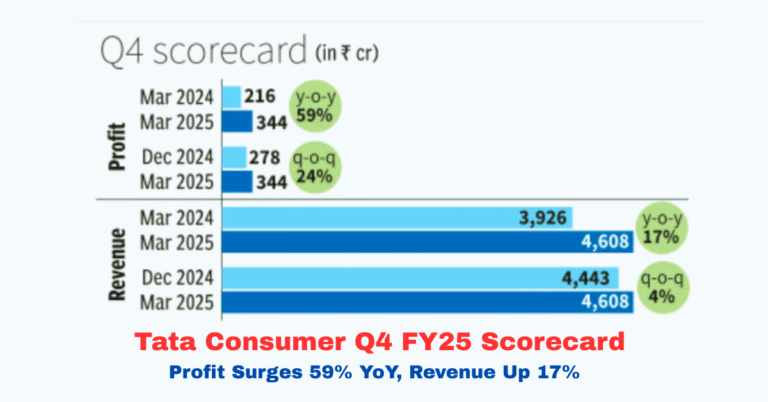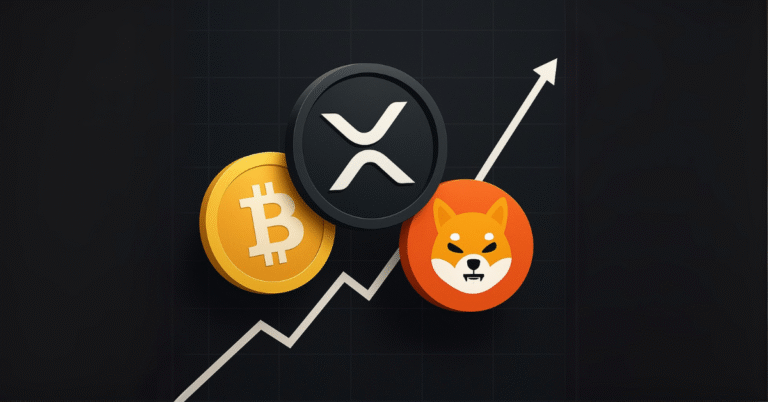
Protein deficiency in India? If you’ve ever been told you’re not getting enough protein because you don’t gulp down protein shakes or live on chicken tikka, you’re not alone. It’s a popular narrative, but hold on, let’s get to the truth.
Myth 1: Indians Are Seriously Protein Deficient
Ever heard people say, “Yaar, hum middle-class Indians toh protein ke liye taras rahe hain?” Well, the data says nahin yaar. The National Sample Survey (NSS) on household food intake shows that protein deficiency is low in adults and almost non-existent in younger folks. Basically, the khichdi and roti-sabzi diet is doing just fine.
Despite being a land of cereal lovers (kya karein, daal-roti is love), we’re somehow still managing our protein intake. So if your mom’s telling you to eat more because hum protein nahi le rahe, just tell her science says you’re doing great!
Myth 2: “Protein khayega Tabhi strong Ho Paayega!”
“Beta, doodh piya kar, body banegi.” Raise your hand if you’ve heard this growing up. While doodh might have some protein magic, the real growth in infants and children is more about energy, not just protein. Think of protein as a sidekick to the real hero: energy!
As long as your little one is eating a balanced diet (matlab halwa, ghee, and roti), they’re getting enough protein to grow like a sunflower. So no need to force-feed paneer to your toddlers!
Protein to Energy Ratio – A Quick Science Lesson You Can Actually Understand
If you’re still wondering, “Okay, okay, but how much protein is enough?” There’s something called the Protein to Energy Ratio (PER). And no, it’s not as scary as it sounds.
Here’s a simple formula: 1 gram of protein gives you 4 kcal of energy.
- A one-year-old needs about 1 gram of protein per kg of body weight and 80 kcal per kg of energy. Simple math tells us that their PER requirement is just 5%. That means they’re sorted with cereal, some lentils, and a little ghee! No, they don’t need to bulk up like Hulk on protein powders.
- Adults have it a bit tougher (middle class life problems, right?)—the PER goes up to 9%, and for the elderly, it’s up to 12% (because let’s be real, they eat less but still need that protein!).
So, just balance your plate with daal, doodh, anda, or meat, and you’re good to go.

Myth 3: Gym = Protein Overload
If you’re one of those “Gym chalu kiya, whey protein ka stock bhar lo” folks, slow down. While it’s true that working out needs protein (you don’t build muscles on vibes alone), 20 grams of protein post-workout is all you need for muscle recovery.
Picture this: Your muscles are like a small room. No matter how much you shove into it, only a limited amount fits. Eating more protein won’t turn you into Captain America, no matter what your gym bro says.
Myth 4: High Protein = No Risks. Really?
“Arre yaar, protein toh healthy hota hai, kitna bhi kha lo.” Not really. Too much of anything is bad, and that includes protein. Studies have shown that excess protein can lead to bone issues and kidney problems. And not to freak you out, but crossing 22% PER with high protein intake may even cause heart disease.
Moral of the story? Eating a mountain of protein is just as bad as skipping it altogether. Aim for a balanced diet, and you’ll be fine.
So, What Should the Middle Class Eat for Proper Protein?
Simple, natural foods work best. Want to hit the right PER? Here’s a cheat sheet:
- Cereals: 6% PER (Yes, roti counts!)
- Lentils: 18% PER (Daal lovers, rejoice!)
- Milk: 20% PER (Doodh is actually doing wonders, sorry toddlers!)
- Eggs: 30% PER (Boiled or scrambled, get cracking)
- Lean Meat: 75% PER (Sunday ka chicken curry is more powerful than you thought!)
So, no need to empty your pockets on expensive supplements. Stick to what your kitchen already has, and you’re sorted.
Conclusion: Chill, Middle-Class Indians Aren’t Protein Deficient
The idea that we’re all lacking protein is just an exaggeration. Sure, you need protein, but not as much as those fancy ads or gym posters make you believe. Instead of spending your hard-earned money on supplements, why not trust the age-old wisdom of roti, daal, doodh, and anda?
Let’s be real, our middle-class diets are doing fine. The next time someone scares you about being protein-deficient, tell them you’re not on a crisis call—just chilling with your balanced meal!





Excellent way of telling, and fastidious piece of writing to take data regarding my
presentation topic, which i am going to deliver in institution of higher education.